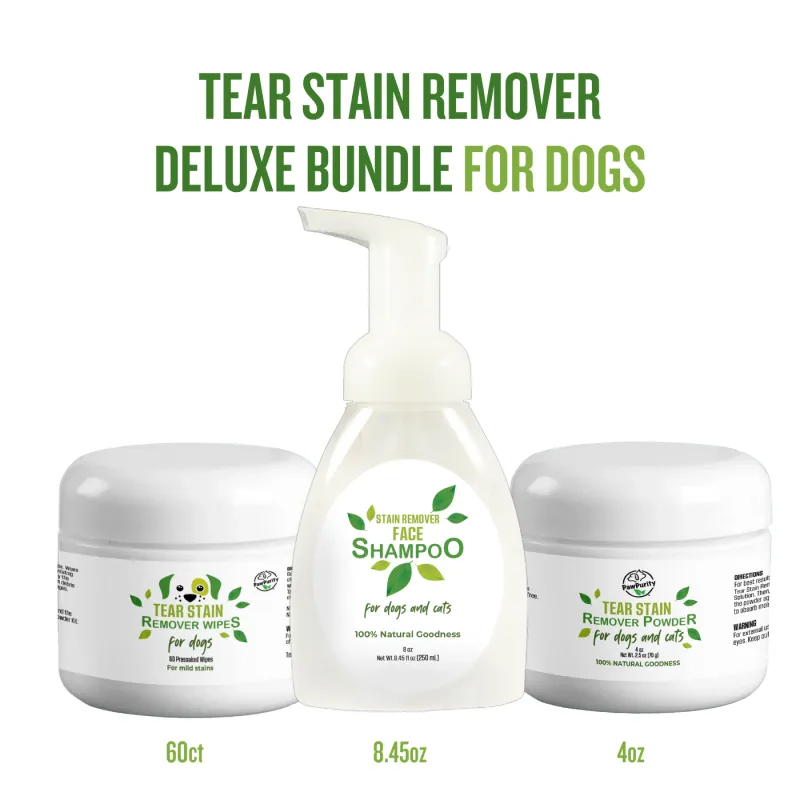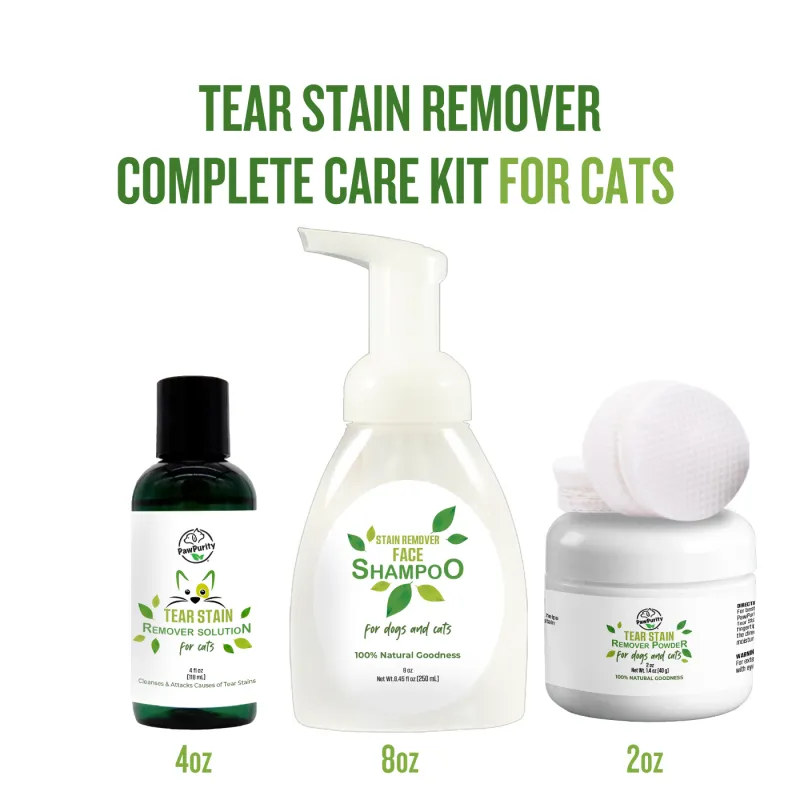Filter:
Availability
Price
Sort:
21 products
Page 1 / 2
Products
Dog & Puppy
Cat & Kitten
Grooming Kits
Shampoo
Flea & Tick Prevention
SUBSCRIBE FOR GREAT DISCOUNTS, NEWS & PRODUCT ANNOUNCEMENTS
Stay up-to-date for tail waggin’ promotions, pup-worthy events, must-know Fido facts & more!
By subscribing you agree to the Terms of Use & Privacy Policy.
About
Pawpurity provides 100% Natural & Organic Dog & Cat Grooming Products

About Us | Blog | ContactUs
Quiz | Pfooter emailrivacy Policy
Terms & Conditions | Refund & Return | Shipping Policy




















